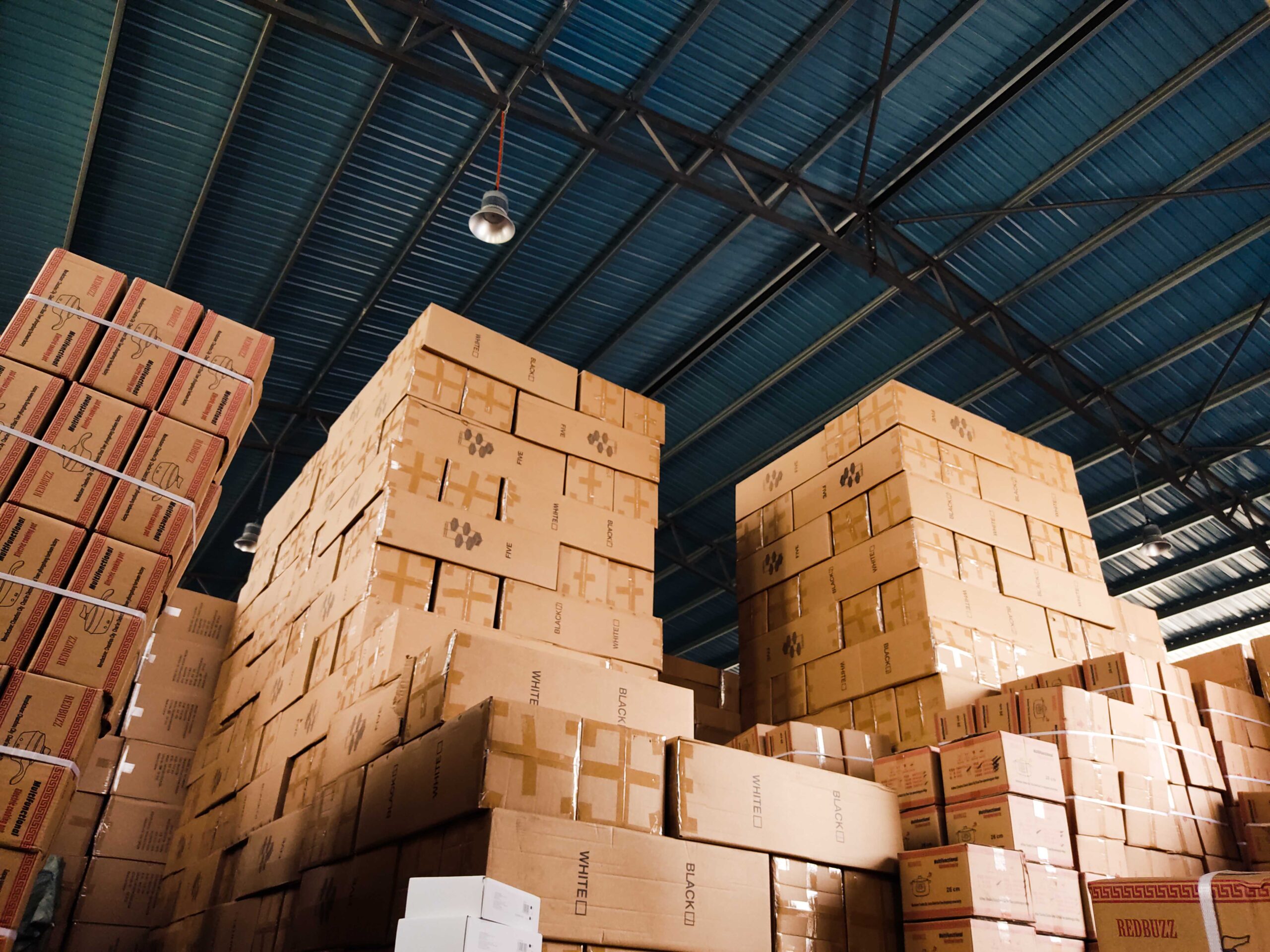Changes in the Indian warehousing industry over time
May 9, 2023
Changes in the Indian warehousing industry over time

The Indian warehousing industry has undergone significant changes over the past few years. With the advent of e-commerce, the demand for efficient and well-managed warehousing has increased tremendously. The sector has become a crucial part of the supply chain for businesses of all sizes. In this blog, we will explore the changes in the Indian warehousing industry over time.
According to a report by JLL, the warehousing sector in India has witnessed a CAGR (Compound Annual Growth Rate) of 44% between 2017 and 2021. The report also states that the total warehousing stock in India has increased from 97 million square feet in 2017 to 212 million square feet in 2021. This shows that the warehousing industry in India has been growing at an unprecedented rate.
One of the most significant changes that have taken place in the Indian warehousing industry is the adoption of technology. With the use of advanced technologies like Internet of Things (IoT), Artificial Intelligence (AI), and Robotics, the industry has become more efficient and productive. These technologies have helped in improving the overall warehouse logistics solutions, reducing errors, and increasing operational efficiency. For instance, the use of IoT sensors in warehouses can help in monitoring the temperature and humidity levels, ensuring that the products are stored in the right conditions.
Another significant change that has taken place in the Indian warehousing industry is the shift towards larger and more modern warehouses. Earlier, warehouses in India were typically small and located in remote areas. However, with the increase in e-commerce and the need for faster deliveries, the demand for larger and more modern warehouses has increased. This has led to the development of several large-scale logistics companies in India in major cities like Mumbai, Delhi, and Bengaluru.
According to a report by Knight Frank, the demand for Grade A warehousing spaces in India has increased by 44% in the first half of 2021 compared to the same period in the previous year. The report also states that the demand for warehouses in Tier 2 and Tier 3 cities has increased significantly due to the growth of e-commerce and the need for faster deliveries.
The Indian government has also played a significant role in promoting the growth of warehouse logistics solutions. The introduction of the Goods and Services Tax (GST) in 2017 has led to the consolidation of warehouses, resulting in better inventory management and cost savings. Additionally, the government’s “Make in India” initiative has encouraged several businesses to set up manufacturing units in India, further increasing the demand for warehousing space.
The COVID-19 pandemic has accelerated the growth of the e-commerce sector and has further increased the demand for warehousing space. With more people shifting towards online shopping, businesses have been forced to adapt to the changing consumer behavior, leading to an increased need for larger and more efficient warehouses. This trend is expected to continue even post-pandemic, as consumers have become more accustomed to online shopping and expect faster deliveries.
The Indian warehousing industry has undergone significant changes over time. The adoption of technology, the shift towards larger and more modern warehouses, and the government’s initiatives to promote the sector have all contributed to the growth of the industry. With the increasing demand for efficient and well-managed warehousing solutions in Goa, it is expected that the sector will continue to grow at a rapid pace in the years to come.